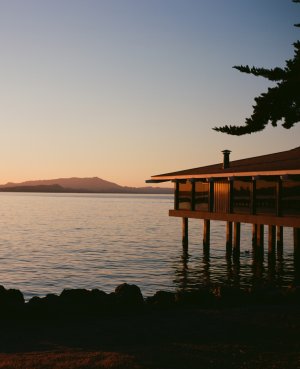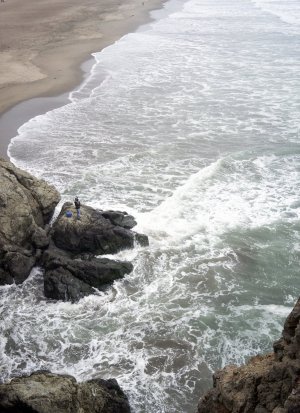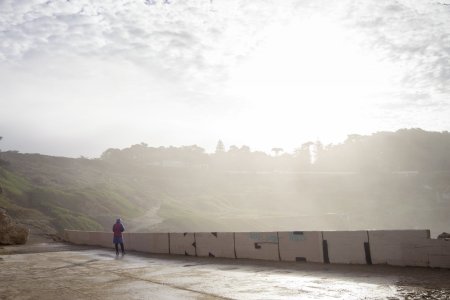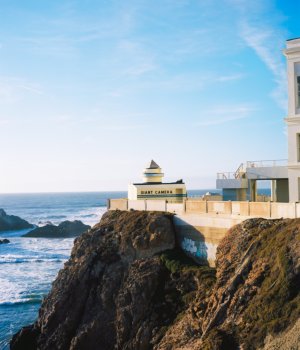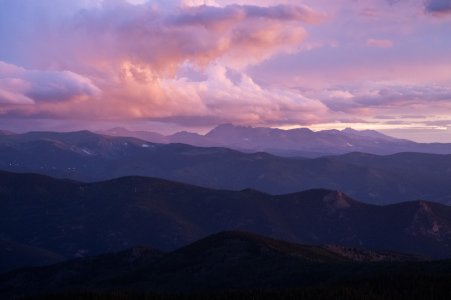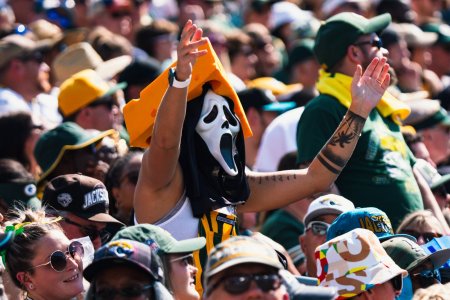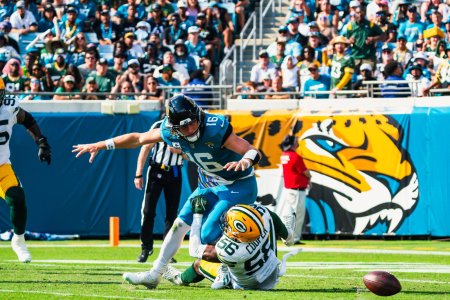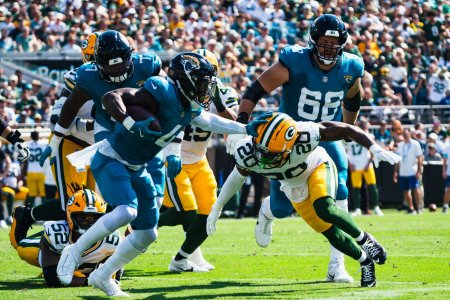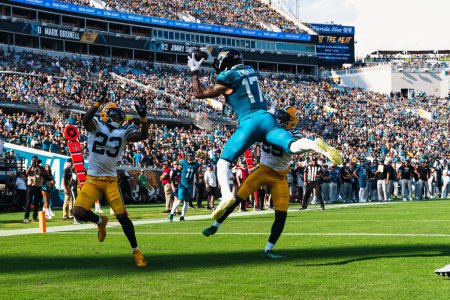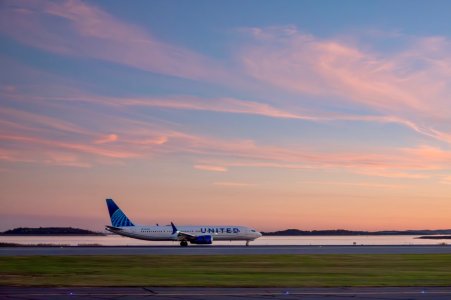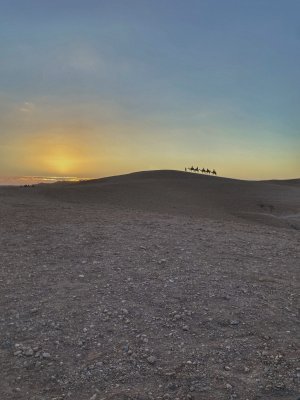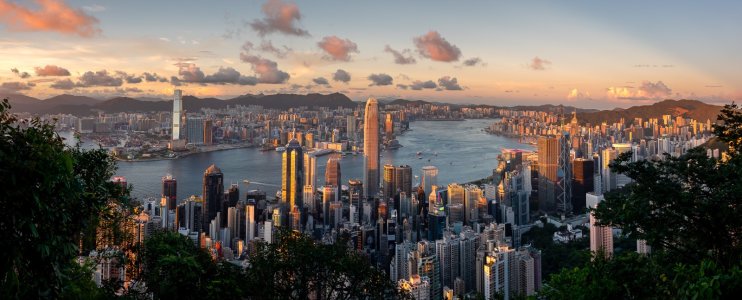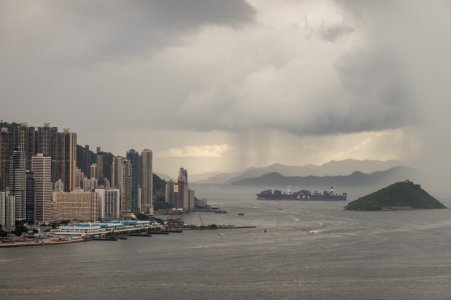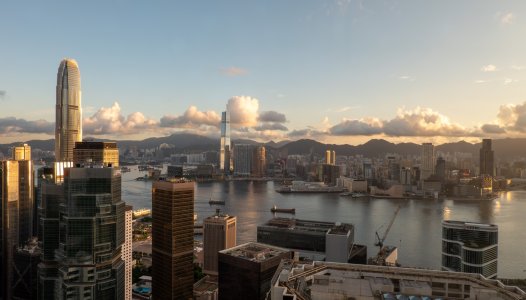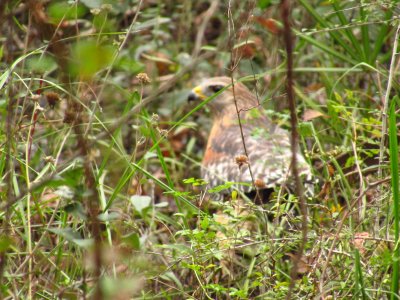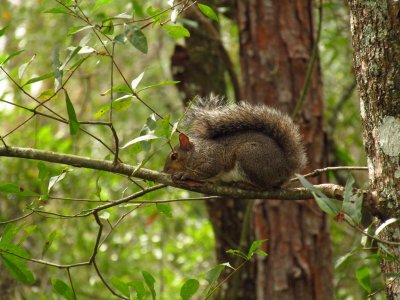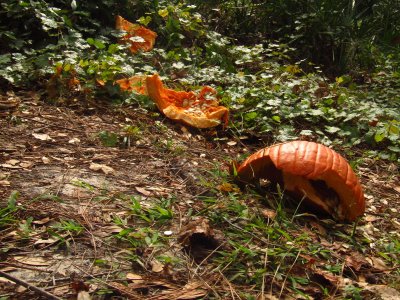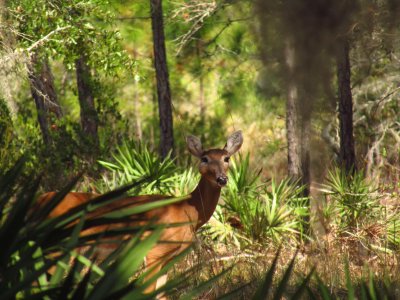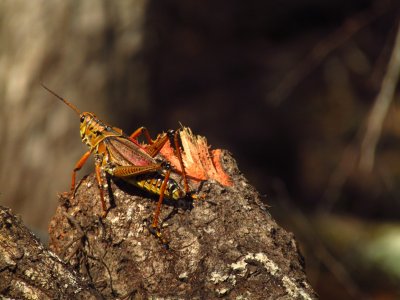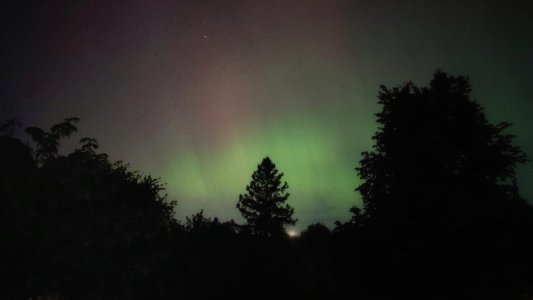bought a Sony a6000 to get into photography...after reading about aperture and shutter speed, I've tried taking pictures with the proper setting but it takes forever to take the picture. Do you constantly change your setting or do you have a set on a particular one to fit you personally? and also as far as camera features(automatic, shutter priority, aperture priority, landscape, low light) which one do you use? i just set mine on auto but feel as though the picture can turn up much better if i knew which setting to use
thanks
#nice! i think with digital cameras, sonys maybe in particular and especially out of the box, they can be hard to use with all the different setting buried in menus...good thing most are fairly customizable, again the sonys in particular are especially, in this respect. the settings you use are dependent on the type of images you are trying to make and the light available for you to, you may need/want to over/under expose an image or get shallow depth of field to isolate something or maybe you want everything in your frame sharp & in focus...different settings are the name of the game! #welcometomakingpictures my g!!
some of the difficulty you are likely having is maybe just due to it being still new to you (both the camera & manual photography) and some of the modes (like aperture & shutter priority) are there to make the process a bit smoother as far as how many setting you need to worry about, but over time you'll figure out how to manipulate the camera to get the affect you are after; using some of the automatic modes, especially when you are trying to learn, is fine. this may help you figure out some things faster, just try to be aware of the settings that the camera selects for both the images that turn out both good and bad and try to figure what settings may have made that image (un)successful by using that exposure triangle. (was the photo too blurry/dark/exposed/out of focus?, you may have needed to adjust to higher/lower iso, or a larger/smaller aperture, or a slower/faster shutter speed, singularly or some combination of the 3)
but here are some things i can think of that made using that specific camera a little easier to use for me:
1. familiarize your self with the exposure triangle and what each does to the recorded image... basically aperture = depth of field, iso = sensitivity, shutter speed = motion; that way you can decide ahead you time what settings you might need to make a certain image
2. change your focus area setting to 'Center' this basically tells the camera where you want it to focus rather than the camera guessing what in the frame is the focus, which can help in those situations where there is a lot going on in your frame, once it locks on you can reframe if necessary (which is why back button focusing -see below- is good to have on a separate button than your shutter-no need to reacquire focus!).
3. customize your camera to either enable "back button" (AF ON on your camera) focusing or to quickly switch to manual focus, this basically makes so that your focus is independent of pressing the shutter. this allows you to both pre-set your focus thus not having to always rely on the autofocus, i recommend mapping either 'AF ON' of 'AF/MF Toggle' to your 'AEL' button. this way you can set your focus to a certain distance and just push the shutter when the thing you are after is in that range, this is especially helpful in situations where you may not have the best light
4. further customize the button layout & quick function menu (your 'Fn' menu) to work best for you, this might help you both familiarize yourself with the camera and its settings, allowing you to maybe get faster...that back wheel in particular is really easy to manipulate accidentally
5. i recommend finding/using a cheap manual lens which you can connect via an adapter and spend some time using it on your camera, because they have physical aperture rings, distance markings, as well as having a consistent focus throw (rather than being focus-by-wire of the sony lenses, which in some situations can be really challenging); REALLY helped me understand and appreciate all the nuances required in trying to get things right in the moment it takes between seeing something and hitting that shutter...
6. this one is more optional, but it did help me save quite a few images; set the camera to save both jpg & raw files...takes up more space on the memory card but it was worth it for me, almost to the point where it didn't really matter what mode i shot the picture in...it is such an impressive camera, especially given the price!











